Baikal Seal Facts
- This beautiful, as well as unique, mammal most frequently goes by the appropriate common name of the Baikal Seal. It has a few other, though less often used, general names. These include the very similar Lake Baikal Seal and the simple name Nerpa.
- Among scientific professionals, however, such as researchers, it’s probably better known by its formal, technical name. Fortunately, that’s a relatively easy to pronounce term, as such things go. That’s because it bears the official moniker of Pusa sibirica.
- It received that formal name due to the efforts of the respected German researcher, Johann Friedrich Gmelin. He recorded the first official recognition of the animal as a separate and distinct species. This scientifically noteworthy deed occurred in 1788.
- It truly stands out from all its related species, across the globe. That’s because of an utterly unique characteristic, though not in terms of physicality. This magnificent creature evolved as the only known solely freshwater inhabiting pinniped in the world.
- For the moment, at least, it appears to be maintaining a population base that’s both sizable and stable. This fortunate situtation further seems to hold true throughout the entirey of its native range. The IUCN, therefore, presently lists it as Least Concern.
- It nevertheless does face the same potential dangers as most other species in the world. These include habitat loss and degradation, largely due to pollutants entering their habitat. The species also faces the threat of ongoing climate change, as we all do.
Related Articles
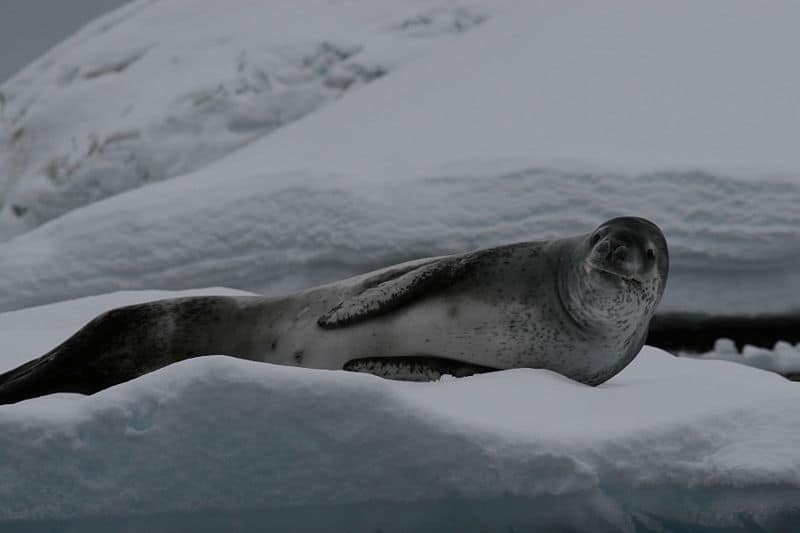
Leopard Seal
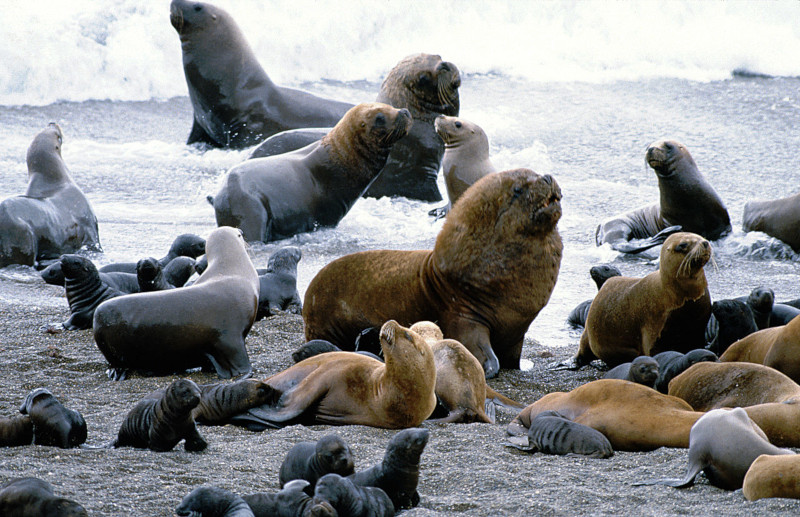
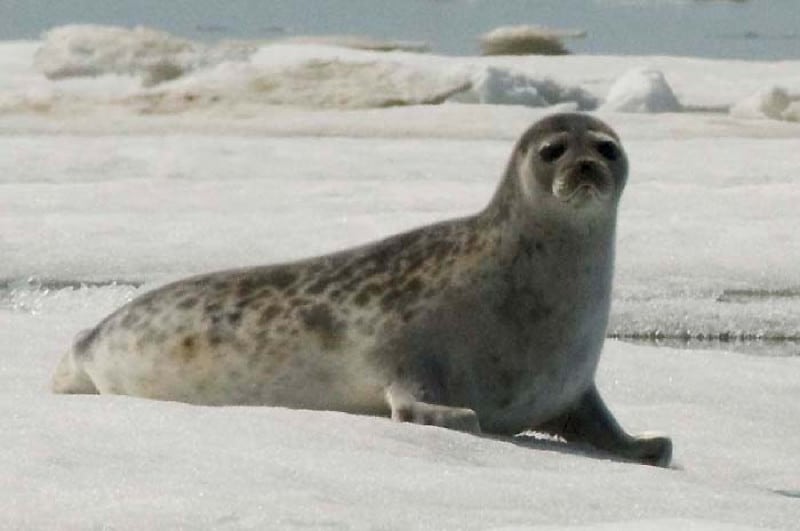
Baikal Seal Physical Description
The fabulous Baikal Seal also stands out for reasons wholly unrelated to its choice of habitat. That’s because it additionally ranks as distinctive in a purely physical way. This beautiful marvel of Nature and evolution also qualifies as one of the smallest of all the true seals.
Nature, however, is no respecter of such things. This remarkable animal easily draws the interest of those who encounter it. One of the things that those knowledgeable of such matters notice first is the extremely small degree of the trait of sexual dimorphism.
In its case, this characteristic manifests itself in terms of pure size. More specifically, males attain a larger size than females, on average, but only slightly. Otherwise, both genders present virtually identical appearances. This complicates simple visual gender distinction.
Overall, the species reaches an average body length that ranges from 43 – 55 in (1.1 – 1.4 m). Individuals of both genders attain weights measuring from between 139 – 154 lb (63 – 70 kg). The largest known individual ever measured 65 in (1.65 m) and weighed 290 lb (130 kg).
The general body shape, therefore, is best described as stout. The species also displays a striking pattern of coloring. The coats of these wonders typically present a uniformly steel-gray shade on the back and sides. The underside, though, shows a distinctive yellowish tinge.
On rare occasions, however, individuals of the Baikal Seal present spotted coats. As many creatures, its appearance also varies with the aging process. In their case, this aspect of its physiology slowly changes to a brownish shade. By contrast, new pups have white, silky fur!
- Kingdom: Animalia
- Phylum: Chordata
- Class: Mammalia
- Order: Carnivora
- Family: Phocidae
- Genus: Pusa
- Species: P. sibirica
Baikal Seal Distribution, Habitat, and Ecology
The marvelous Baikal Seal makes its home in an extremely remote region of the globe. It’s not one that’s known for its abundance of mammalian life, however. That’s due to the surprising fact that this particular variety of pinniped lives in the region of Siberia, in Asia.
Even there, though, it only resides in one, location, itself unique. As its name suggests, the intriguing seal lives only in and around the waters of Lake Baikal. How the animal came to live in this completely landlocked region, however, still remains a complete mystery.
Various theories to explain the enigma do exist, of course. One thoery postulates that their ancestors may have strayed up rivers, exploring, only to be trapped somehow. Others suggest that this body of freshwater had a link to the ocean at some point in the distant past.
Like its many relatives, this variety of eared seal evolved as a powerful predator. Unlike them, though, the species feeds on a highly limited variety of prey, due to the situation. Its main prey consists of a species of fish found only in this one lake, known as the golomyanka.
The Baikal Seal lives a primarily solitary life. Individuals also tend to migrate from one part of the enormous lake to another, depending on the season and other factors. In general, though, its numbers remain most concentrated in the northern parts of the enormous lake.
Though large groups do occasionally form, these typically remains short-lived. After mating, females typically deliver one pup, though multiple births do occur. Females generally raise the young alone, until it matures. Males tend to remain under the ice throughout the winter.
Species Sharing Its Range

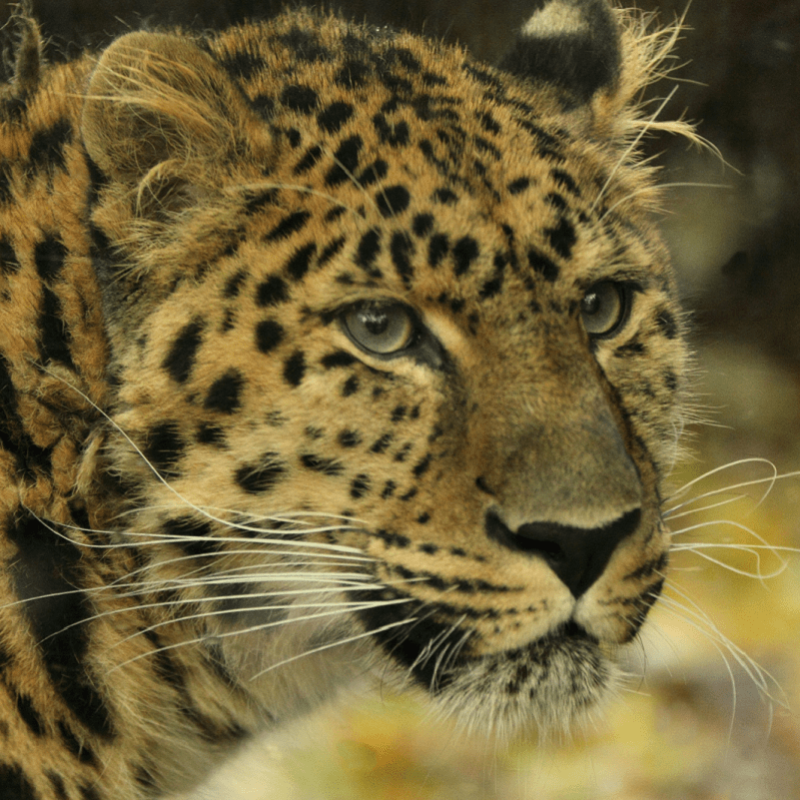

Check out our other articles on 7 Remarkably Riveting Asian Reptiles, Delta Green Ground Beetle, Villarrica, Tahina Palm, Rhea, Tabebuia, Lau Banded Iguana, Texas Blind Salamander
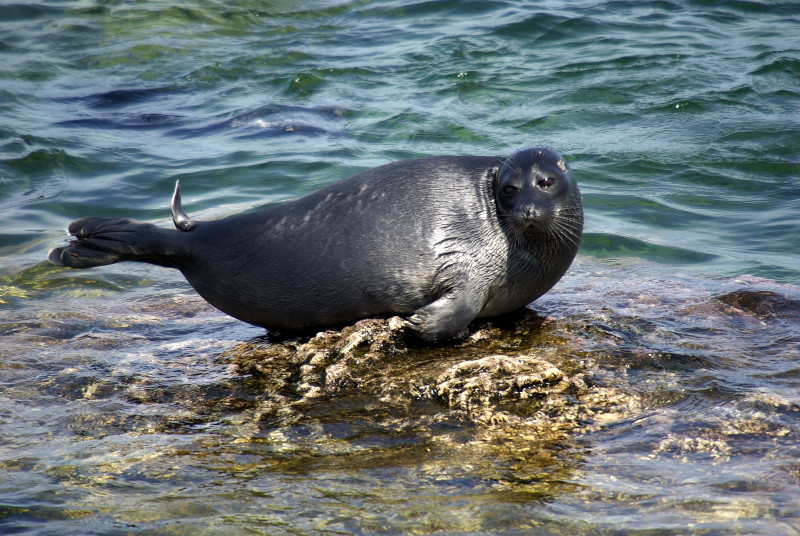
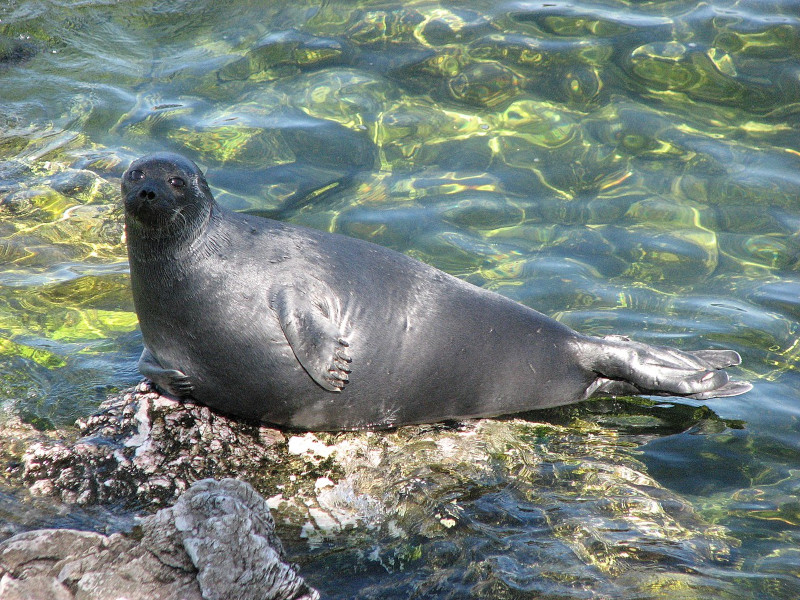
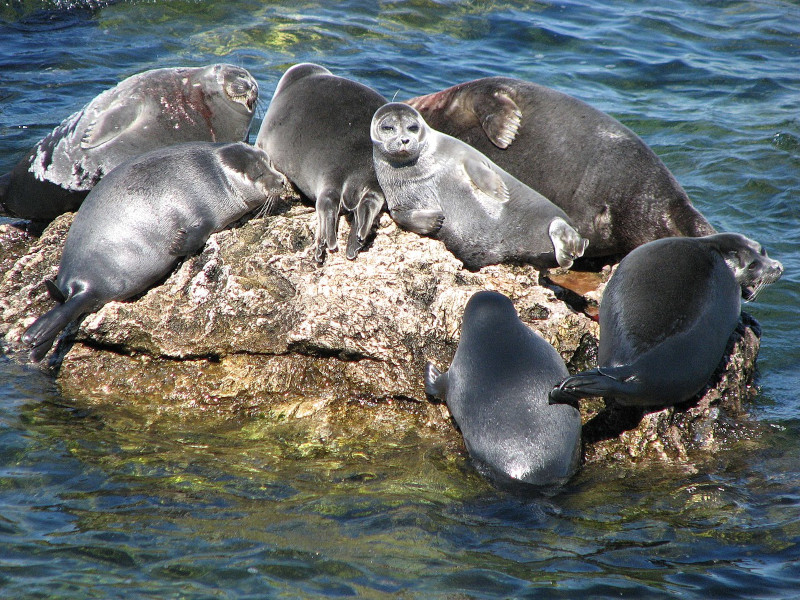









Leave a Reply